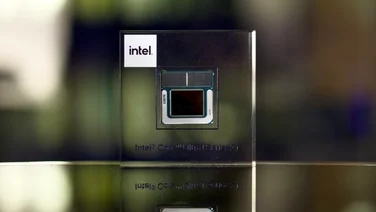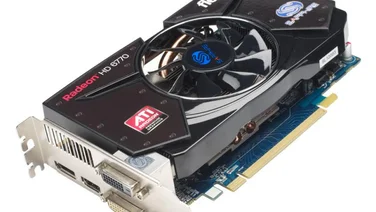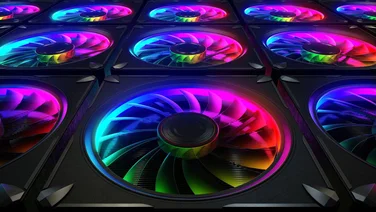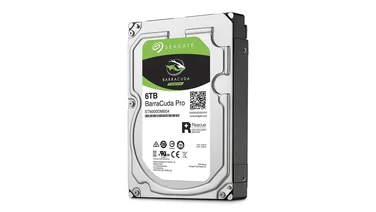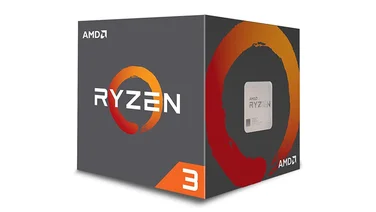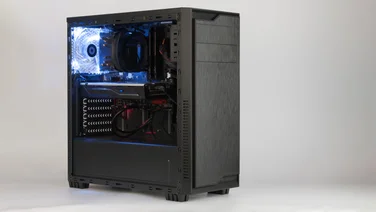To help us provide you with free impartial advice, we may earn a commission if you buy through links on our site. Learn more

Intel’s two new Core i7 processors, the 860 and 870, make up the top tier of its Lynnfield-codenamed range. Both are quad-core processors, running at 2.8GHz and 2.93GHz respectively. They sit above the mid-range Core i5-750, which we reviewed last month. They may share a name, but these Lynnfield Core i7s are very different from Intel’s earlier Nehalem Core i7s, such as the 920 and 940. Like the Core i5, the Lynnfield Core i7s have built-in memory and PCI-Express controllers. This removes the need for a northbridge on the motherboard. The new processors therefore require a new socket, called LGA1156, and the new motherboard chipset, P55 Express. We feel that Intel’s decision to have two identically named processor ranges using different processor sockets is bound to cause unnecessary confusion. It’s disappointing after the long-running success of LGA775 that two new socket designs have been released in such a short period of time. All Lynnfield processors use Intel’s new TurboBoost technology. This is Intel’s sanctioned foray into overclocking, with the processor’s multiplier stepping up to deal with tough tasks. Both Lynnfield Core i7s will increase their multipliers by up to five steps, compared to the four-step boost on the Core i5. For example, the 860 will go from a 21x multiplier at 2.8GHz up to a 26x multiplier for 3.46GHz. The boost is either concentrated on a single core, or spread over multiple cores. We saw the highest clock speed only when running single-threaded applications such as our image-editing benchmark. With both TurboBoost and the long-standing SpeedStep power-saving technology enabled, the 860 barely ever runs at its quoted 2.8GHz speed, but instead constantly adjusts its speed based on your demands. The 870 was a bit faster in our benchmarks, scoring 156 overall to the 860’s 151. This isn’t surprising as they are identical except for the 870’s slightly higher clock speed. However, we were stunned to find that the 870 is around twice the price of the 860, making the slightly slower chip far better value. Hyper-Threading is the key difference between Lynnfield Core i5 and Core i7 chips. This is disabled on Core i5, while Core i7 benefits from four additional virtual processing cores. Windows sees the processor as having eight cores, which gives a significant speed boost in multithreaded applications such as our video-encoding test. Here the 860 scored a stunning 164, a significant improvement over the Core i5-750’s 135. The two were closer in terms of overall scores, with the 860’s advantage trimmed to 15 points. Due to TurboBoost, it’s not really fair to compare the Lynnfield Core i7-860 directly with its Nehalem siblings, especially as most enthusiasts buying a Nehalem chip would manually overclock it, far exceeding the modest gains of Turbo Boost. However, if overclocking always seemed too risky or bothersome to you, then the 860 is a great step forward. The older Core i7s support triple-channel DDR3 and their X58 chipset can support up to four graphics cards, while the Lynnfield chips use a more affordable dual-channel memory configuration and are limited to dual graphics cards by the processor’s architecture. However, we doubt most Shopper readers will be bothered by such limitations.
If you’re looking to build a powerful PC, the Core i7-860 is brilliant. It provides stunning computing power without abandoning value for money, something that the Nehalem Core i7s failed to do. That said, most people will be more than happy with the slightly slower Core i5-750, and you can spend the £72 saved on other components, such as a larger monitor.

